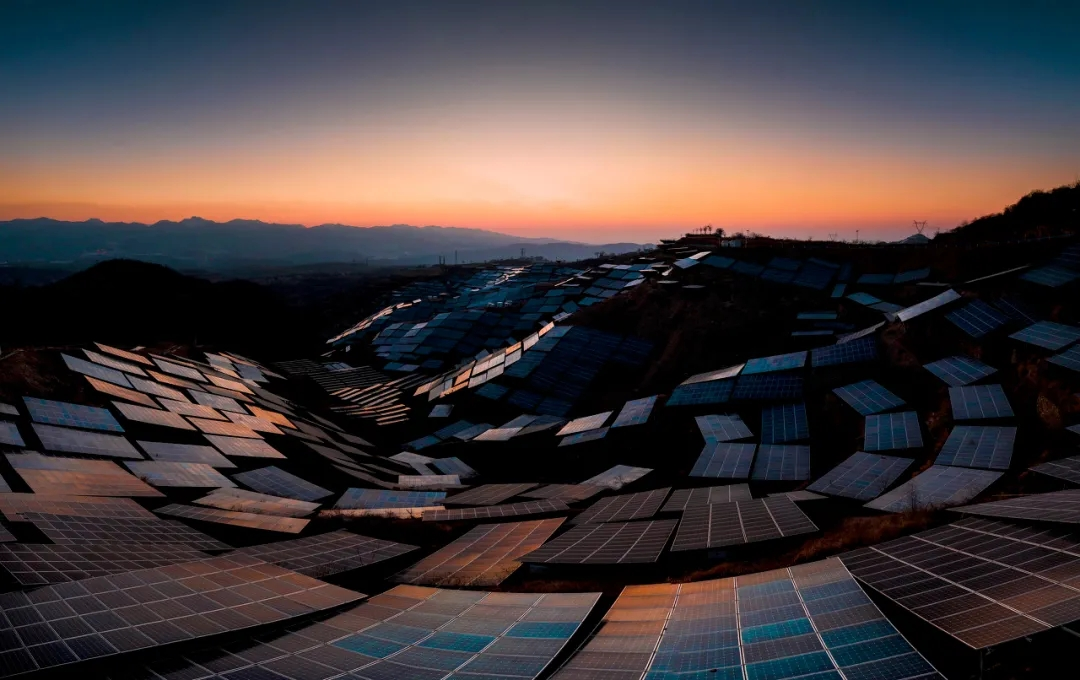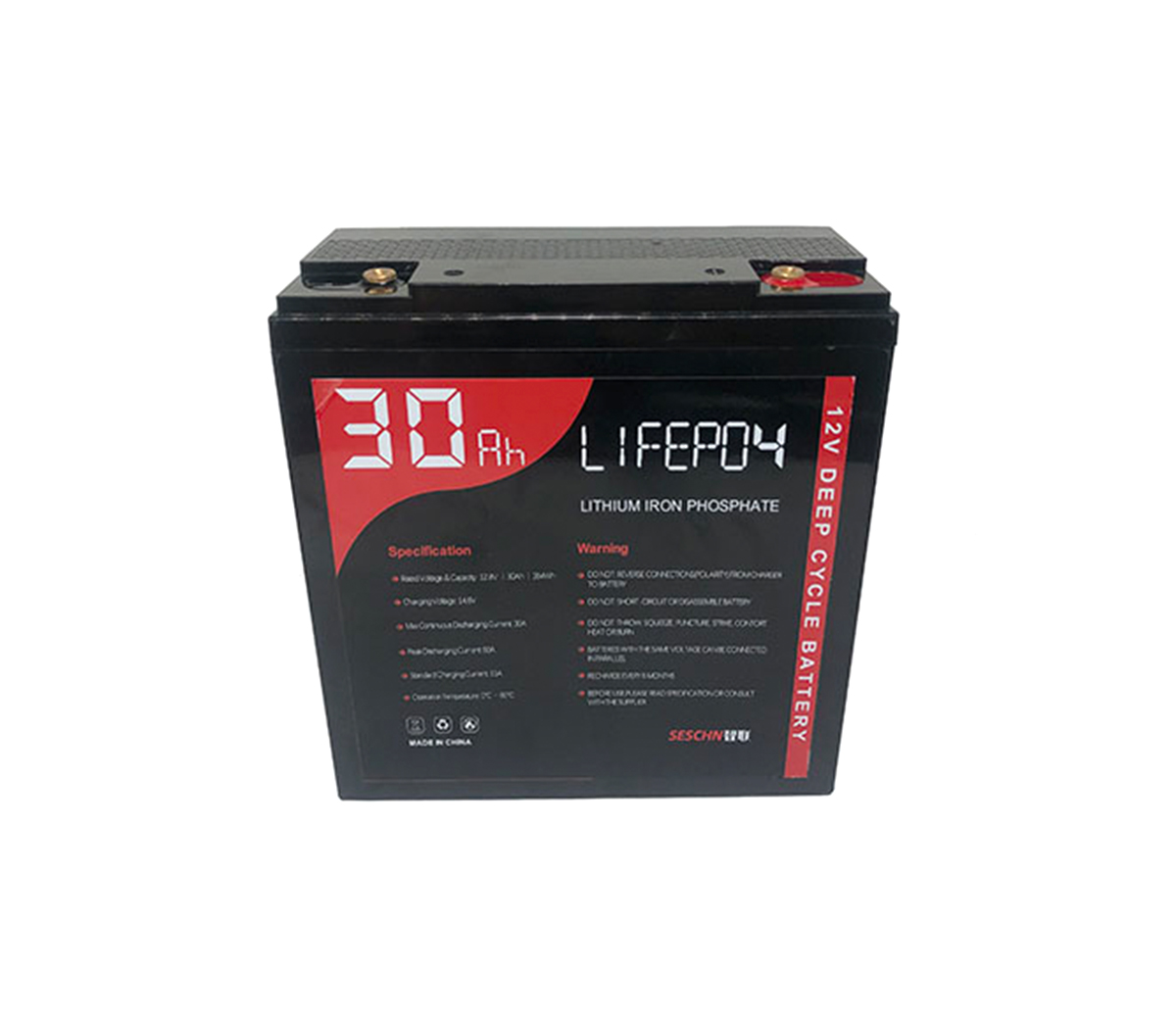What material is polysilicon? Why does its price soar recently?
Polycrystalline silicon material is an electronic material that uses
industrial silicon as raw material and is purified to a certain purity after a
series of physical and chemical reactions. It is the main raw material for
manufacturing silicon polished wafers, solar cells and high-purity silicon
products. It is used in the information industry and new energy industry. The
most basic raw materials.

First of all, it needs to be clarified that polysilicon (material) is not
equal to polysilicon (flaky). Polysilicon wafers are products made from silicon
materials through a series of processes. The two are often misunderstood because
of the poor distinction between the names.
The purity of silicon determines its application field. The purity of
solar-grade polysilicon used in photovoltaics is generally between 6N and 9N
(that is, 99.9999% to 99.9999999%, and a few 9 is a few N). As for silicon
materials used in semiconductors, the purity requirements must reach 11N, and
the process difficulty is far beyond the solar level.
Polysilicon is an industry with obvious Matthew effect. Large-scale
enterprises rely on capital and technological advantages to always maintain more
orders, higher operating rates and scale effects, which can bring high profits,
thereby further ensuring its first-mover advantage in future R&D and
production technology upgrades. On the other hand, companies with poor
competitiveness have gradually shut down, and the decline in global production
capacity in 2020 will be affected by this.
As the most upstream of the photovoltaic industry, silicon material is the
core of the mainstream solar cell production process, and its price is one of
the core factors affecting the terminal price of photovoltaic products.
Now benefiting from the continuous progress of processing technology, the
cost of polysilicon continues to drop, which can greatly reduce the purchase
price of downstream companies. This has opened up profit margins for the
downstream to a certain extent, and has also stimulated the willingness of
enterprises to produce photovoltaic modules.
Although the price of polysilicon has shown a clear downward trend in the
long run, there has been a very crazy rise since 2021. In just six months, the
price of polysilicon has risen several times, from US$14/kg to more than
US$30/kg, and some orders have even reached US$35/kg.
The reasons for the crazy price increase are more complicated.
First of all, it cannot be ruled out that some companies have bad behaviors
such as reluctance to sell and raise prices. Some insiders say that the current
silicon production capacity can actually meet downstream demand, which is a sign
of a shortage of polysilicon deliberately manufactured by downstream companies,
driving up prices.
Second, objectively speaking, insufficient upstream capacity is a fact.
Affected by the policy, downstream companies, in order to occupy market share as
soon as possible, and expand their production capacity rapidly, there is indeed
a phenomenon of seizing upstream production capacity - this is very similar to
the recent chip shortage. Correspondingly, the capacity expansion of the
upstream supply side is lagging, and the expansion cycle of silicon materials is
relatively long, which further aggravates the shortage of goods.
But overall, short-term abnormal shocks are unlikely to become a long-term
trend. After the expansion of upstream and downstream production is completed
and demand stabilizes, the price of silicon materials will return to normal, and
the long-term trend of price reduction will not change.

Lithium-ion battery (LIB) has become the main energy storage solution in
modern social life. Among them, lithium iron phosphate batteries are a perfect
replacement for lead-acid batteries, and they are the first choice for
grid-connected peak shaving, off-grid energy storage, photovoltaic energy
storage, UPS, data center and other industries.
Solar power generation system with lithium battery energy storage system is
a very promising clean energy.




































